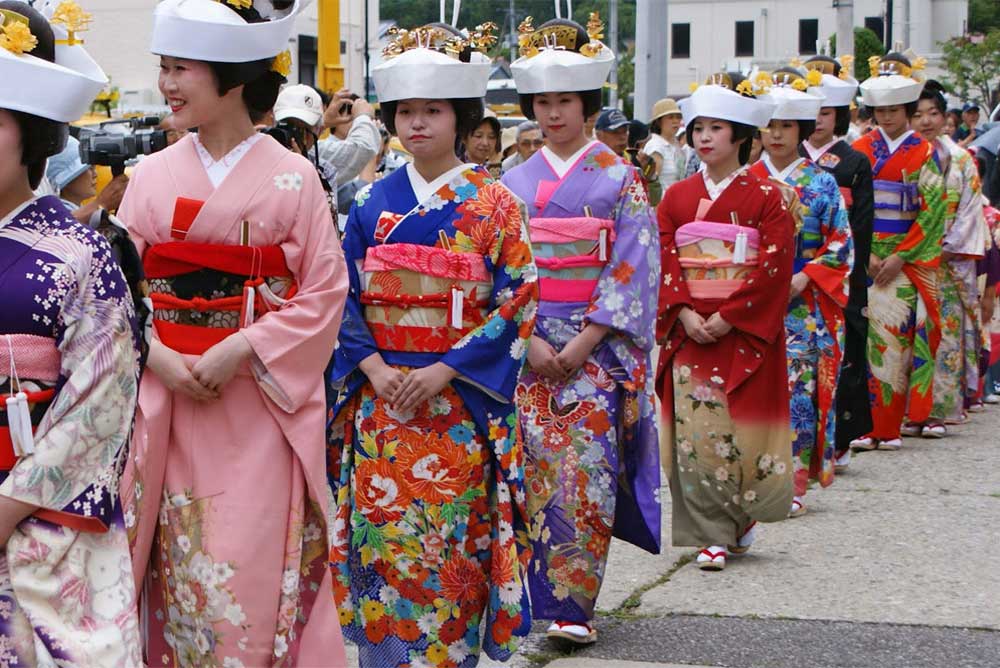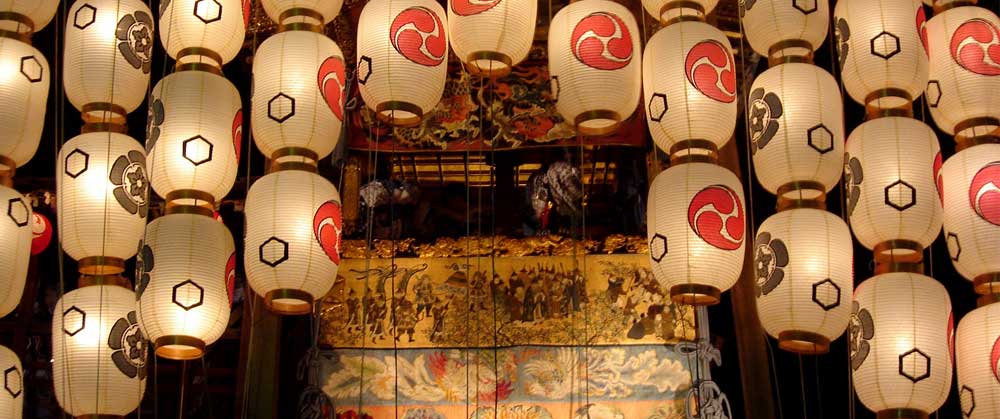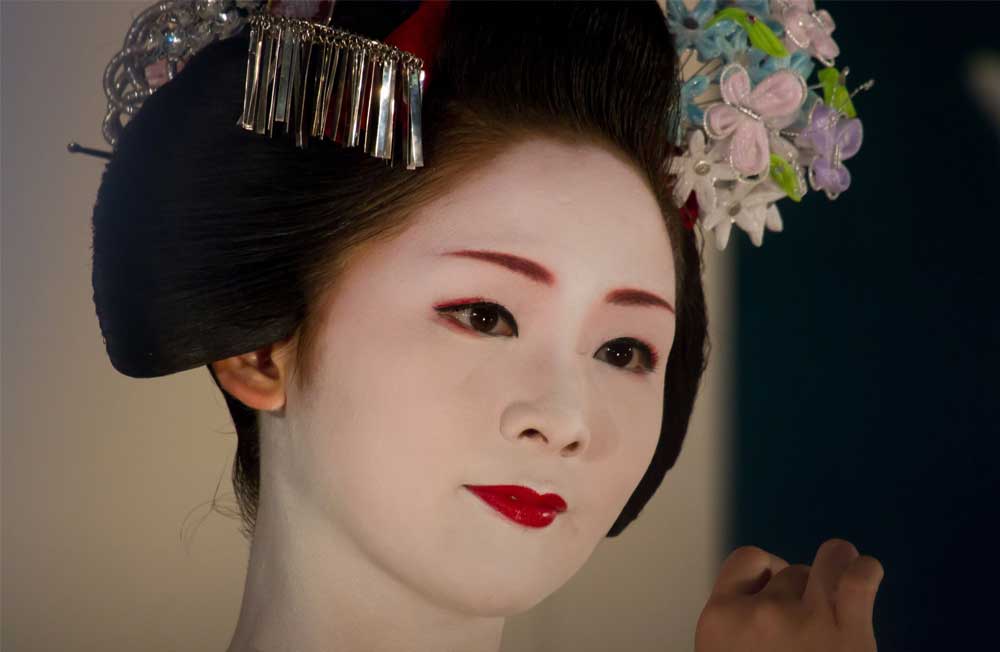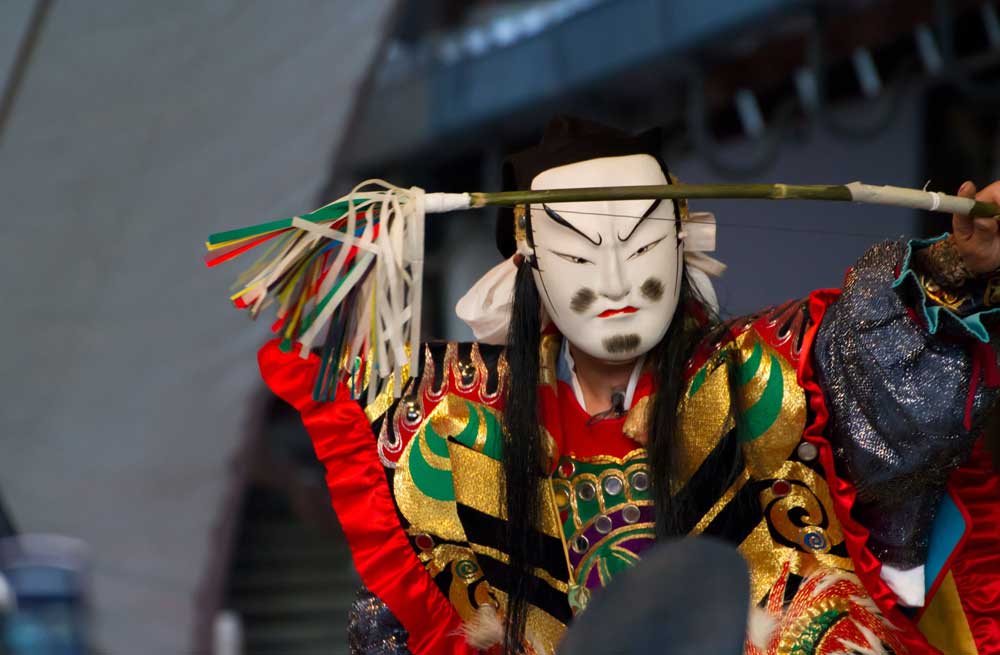News of Gion Matsuri
Time left to the end of event
Available services for Gion Matsuri
Gion Matsuri travel services
Video clips of Gion Matsuri
More Information about Gion Matsuri
- More Less
Gion Matsuri history:
Kyoto has suffered on many occasions from all kinds of bad omens, including epidemics, floods, fires, and earthquakes. To keep the spirits from being angry, special protective or goryo-e festivals have been held in Kyoto since ancient times. The first Gion Matsuri, one of Japan's oldest goryo-e festivals, was held in the early Heian period (794-1185) to stop a series of devastating plagues.
Though the festival began as a religious purification ritual, by the end of the Kamakura period (1185-1333) it had also become a way for craft guilds and merchant families to compete in showing off their wealth and taste. Large floats (still known as hoko), musicians, dances, comic plays, and artistic treasures were all part of the celebrations at the close of the 10th century. As the hoko became increasingly elaborate and heavier, large wheels were added so that the floats could be rolled. In the 14th century, the hoko acquired a second story for musicians and page boys. From the late 16th century onwards, as a result of the growing prosperity of Kyoto's merchants, artwork from China, Persia, and even Europe found their way along the Silk Road to the capital.

Gion Matsuri Festival 2020 Schedule:
- Omukae Chochin (welcoming lanterns ceremony)
- Mikoshi Arai (mikoshi purification)
- Byobu Matsuri (folding screen festival)
- Kencha Matsuri (tea ceremony festival)
- Yamaboko Junko parade
- Hanagasa Junko (flower umbrella procession)
- Kyogen Performance
- Nagoshi-sai (Summer purification ceremony and closing)

Tips:
- Get to the Yamaboko Junko early. Though the festivities start at 9 a.m., it’s a good idea to get to the parade route as early as possible. Consider staking out a spot at the intersection of Shinjo and Karasuma, where the parade begins.
- Wear a traditional Yakata to the parade. This is how the locals dress. It’s fun and you will fit in.
- Dress for the weather. It can be oppressively hot and humid this time of the year. Pack accordingly.
- Budget some extra time to explore Kyoto’s temples and various sites: the World Heritage-listed site of the Golden Temple, the Red Gates of Fushimi Inari (one of our favorites), and the bamboo forests of Arashiyama.


For further information, please click here . Venue of Gion Matsuri
Weather Forecast of Gion Matsuri
Comment
You can also enter your comment about this event
Event rate of 1 vote
Gion Matsuri will be held 01 to 31 Jul 2020 in Kyoto, Japan. Gion Matsuri is not just Kyoto’s biggest festival – it’s one of Japan’s biggest annual events. It’s a multiday event that is equal parts religious observance and raucous street festival. Originally held to pray for deliverance from plague, the festival has evolved into a huge celebration of Kyoto culture. It’s also a huge summer block party in which locals and visitors gather to promenade in colorful yukata robes and gorge themselves on street food and drink. The main events are two processions of traditional parade floats. The matsuri give you an insider’s glimpse into how the Shinto religion and the country’s fascinating history have influenced the Japanese way of life. Gion-san is one of Japan’s three most important annual celebrations and a standout because of the number and diversity of events that take place over the course of a month. If you’re a bit confused by how Japan can be at once ancient and modern, insular and in tune with pop-culture, this is the festival for you. Gion Matsuri is a cultural anthropologist’s dream. Gion Matsuri is an event and I like events...




